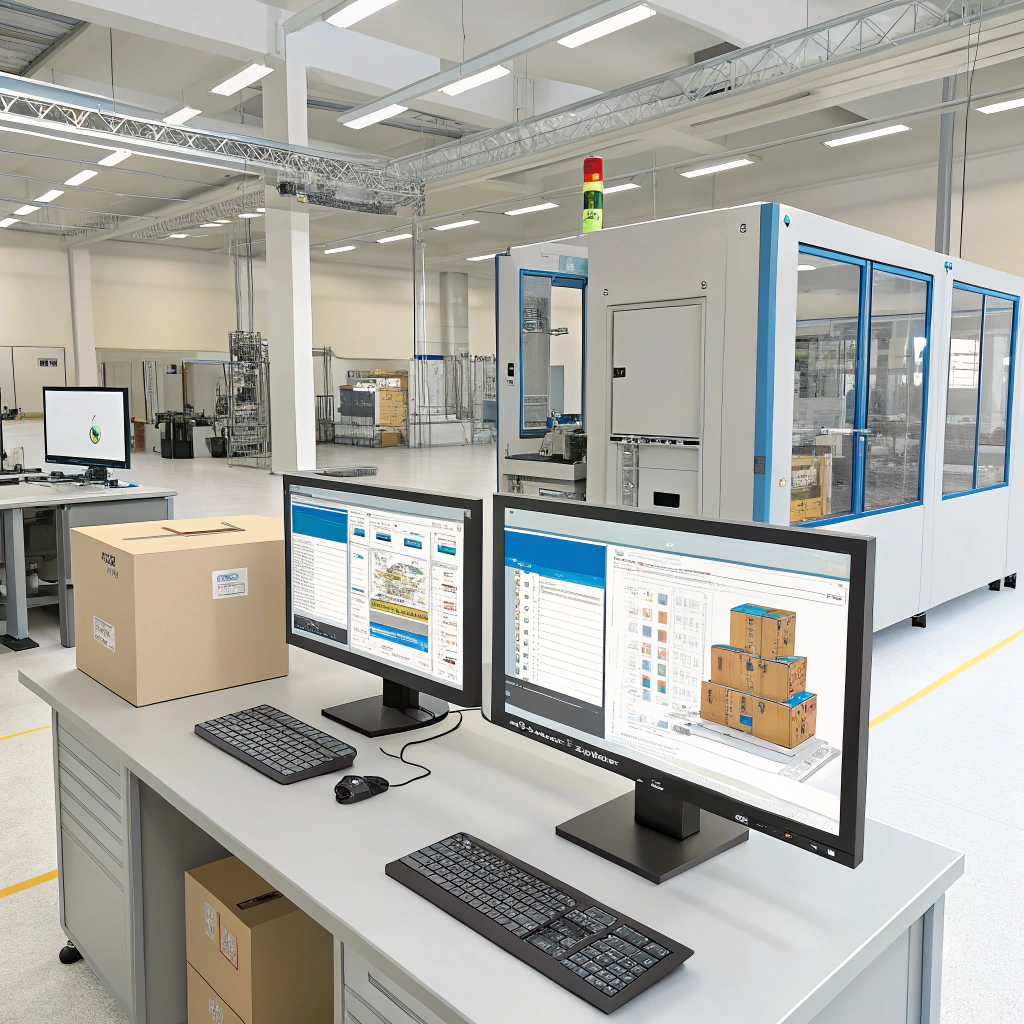E-commerce Packaging Challenges: Protecting Products While Minimizing Waste
E-commerce packaging faces a complex balancing act: protecting products during shipping while minimizing environmental impact and controlling costs. As online shopping continues growing, retailers must solve the triple challenge of preventing damage, optimizing package dimensions, and meeting sustainability expectations. The solution requires strategic thinking that transforms packaging from a necessary evil into a competitive advantage.
The Shipping Damage Dilemma
E-commerce packages endure brutal treatment during transit. Unlike retail packaging designed for careful handling, shipping packages face drops, crushing, temperature extremes, and rough sorting equipment. The average package experiences over 17 individual handling events between warehouse and doorstep.
Traditional over-packaging approaches protect products but create excessive waste and inflated shipping costs. Conversely, minimal packaging reduces waste but risks damage that generates returns, replacements, and frustrated customers. The key lies in intelligent protection that provides adequate security without material excess.

Finding the right balance between protection and waste reduction requires understanding real shipping stresses.
Size Optimization Strategies
Dimensional weight pricing makes every cubic inch expensive in e-commerce shipping. Carriers charge based on package volume when it exceeds actual weight, making oversized packaging a direct profit drain. Right-sizing packages can reduce shipping costs by 20-40% while decreasing material usage.
Custom packaging solutions offer optimal size matching but require higher volumes to justify tooling costs. Variable-height boxes, adjustable packaging systems, and modular designs provide size flexibility without custom tooling. These solutions work particularly well for businesses with diverse product catalogs.
Automated packaging systems analyze product dimensions and select optimal box sizes, eliminating human guesswork. While requiring significant investment, these systems pay for themselves through reduced shipping costs and material waste in high-volume operations.
Sustainable Material Innovation
New sustainable materials challenge the assumption that eco-friendly means less protective. Mushroom-based packaging, cornstarch peanuts, and recycled paper alternatives often outperform traditional materials while offering complete biodegradability.
Air cushioning systems using recyclable films provide excellent protection with minimal material usage. These systems generate packaging on-demand, eliminating storage space requirements while ensuring perfect fit for each product.

Innovative sustainable materials deliver superior protection while reducing environmental impact.
Smart Packaging Design Principles
Structural Protection focuses on critical vulnerability points rather than overall coverage. Reinforce corners, edges, and impact zones while using minimal materials elsewhere. This targeted approach maximizes protection efficiency.
Multi-functional Design eliminates separate components by integrating protection into package structure. Boxes with built-in cushioning, self-sealing designs, and integrated handles reduce material usage while improving functionality.
Return Optimization designs packaging for easy returns, reducing waste from damaged return packaging. Resealable closures, tear strips, and clear return instructions extend package lifecycle.
Technology-Enabled Solutions
Package testing software simulates shipping stresses before physical production, identifying optimal protection levels through virtual testing. This approach reduces material waste from trial-and-error development while ensuring adequate protection.
IoT sensors in test shipments provide real-world data on package performance, revealing actual stress patterns versus assumptions. This data drives continuous improvement in packaging design and material selection.

Advanced technology enables data-driven packaging optimization that balances protection with sustainability.
Cost-Benefit Analysis Framework
Calculate total packaging cost including materials, labor, shipping, and failure costs. Many sustainable alternatives show higher upfront costs but lower total costs when considering shipping savings, reduced returns, and improved customer satisfaction.
Track key performance indicators including damage rates, shipping cost per unit, material cost per package, and customer satisfaction scores. These metrics reveal the true impact of packaging decisions beyond simple material costs.
Implementation Roadmap
Start with high-volume, standardized products where optimization impact is greatest. Test sustainable alternatives on small batches before full rollout. Measure performance carefully and adjust based on real-world results rather than assumptions.
Partner with packaging suppliers who understand e-commerce challenges and offer sustainable solutions. Their expertise accelerates implementation while avoiding costly mistakes.
Successfully balancing protection and sustainability in e-commerce packaging requires systematic approach combining smart design, innovative materials, and data-driven optimization. The investment in getting this balance right pays dividends through reduced costs, improved customer satisfaction, and enhanced brand reputation.
The future belongs to companies that view packaging challenges as innovation opportunities rather than necessary compromises.
